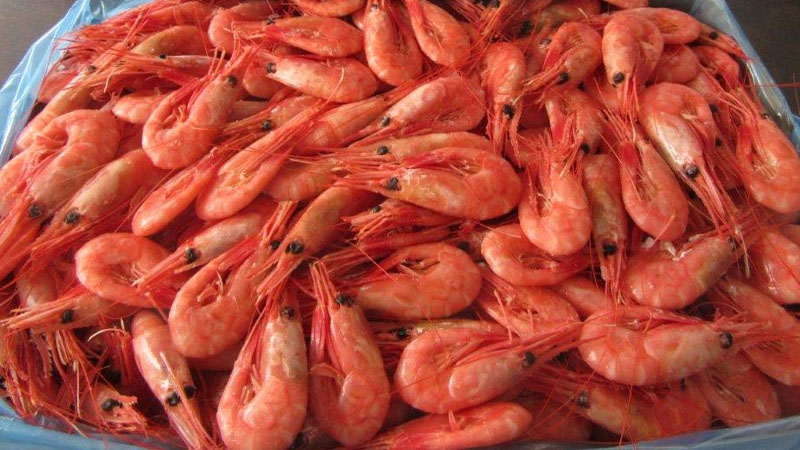Exclusive content

A study conducted by scientists from Memorial University of Newfoundland in Canada has unveiled potent antioxidative compounds residing within Northern shrimp (Pandalus borealis), revolutionizing our perception of shrimp’s nutritional prowess while unlocking promising health benefits.
Shrimp’s Nutritional Treasure Trove
Shrimp are renowned for their nutritional richness, boasting a spectrum of proteins, amino acids, omega-3 fatty acids, minerals, and vitamins. However, the shrimp industry faces a dilemma with up to 50% of processed shrimp yielding valuable by-products such as heads, shells, and tails.
The study highlights the efficacy of ethanol as a solvent for extracting antioxidant elements from shrimp by-products, particularly shells. This method unearthed high levels of total phenolic content (TPC) and total carotenoid content (TCC), showcasing the remarkable antioxidative properties within shrimp waste.
Unveiling Novel Compounds for Healthier Futures
Meticulous chromatographic techniques and mass spectrometry revealed groundbreaking compounds like 7-(3-butenyl)-2-hydroxy-6-(1,2,5,6-tetrahydropyridin-2-yl) quinoline and its dihydroquinoline variant, demonstrating complex antioxidative mechanisms with potential health applications.
Co-author Dr. Fereidoon Shahidi underscores the significance of these findings, emphasizing the implications for sustainable practices within the seafood industry. Advanced techniques like 3D NMR could further enhance structural conformation studies.
Health and Sustainability Intertwined
This discovery signifies a pivotal advancement for the food and pharmaceutical sectors, enhancing our understanding of shrimp’s nutritional benefits and fostering innovative, sustainable practices in seafood waste utilization.
Northern shrimp, scientifically known as Pandalus borealis, are not only culinary delights but also vital contributors to marine ecosystems and global seafood markets. Their nutritional richness and ecological significance underscore the importance of sustainable conservation efforts.